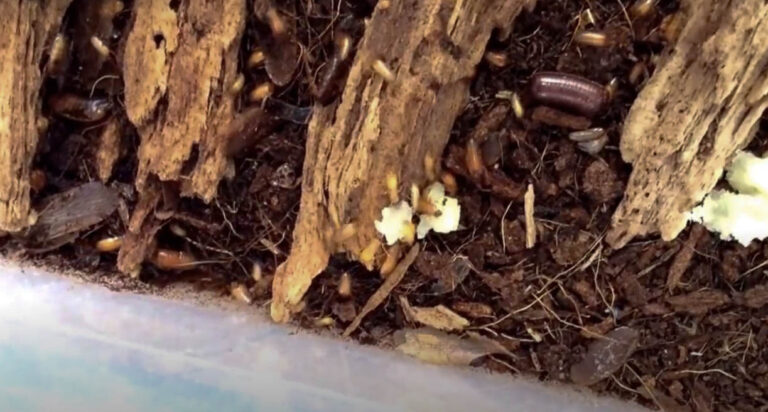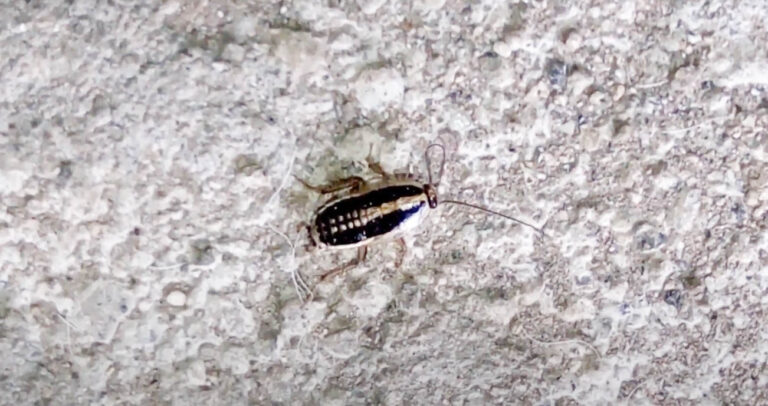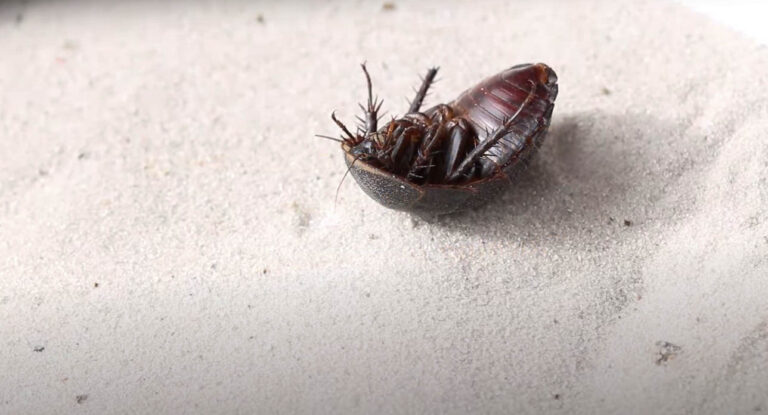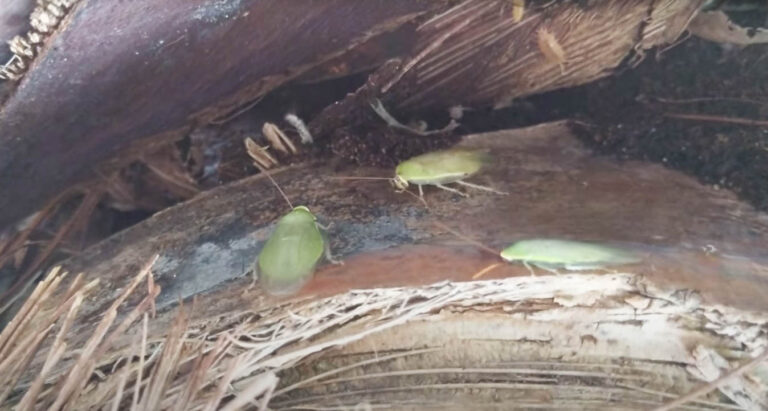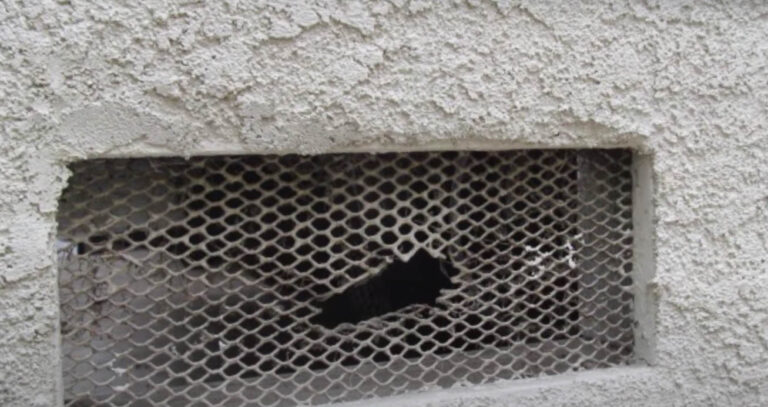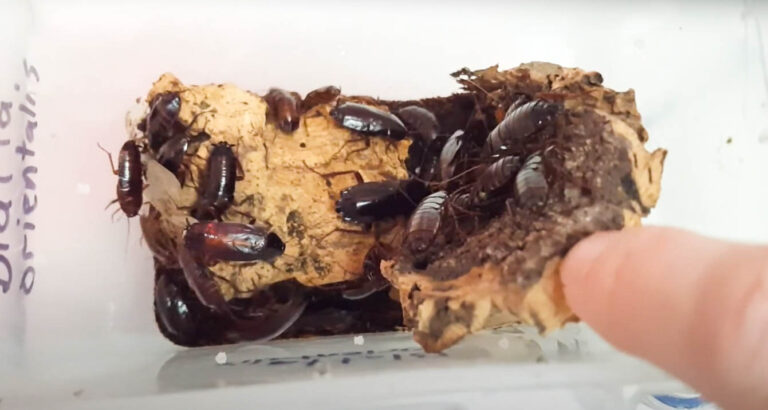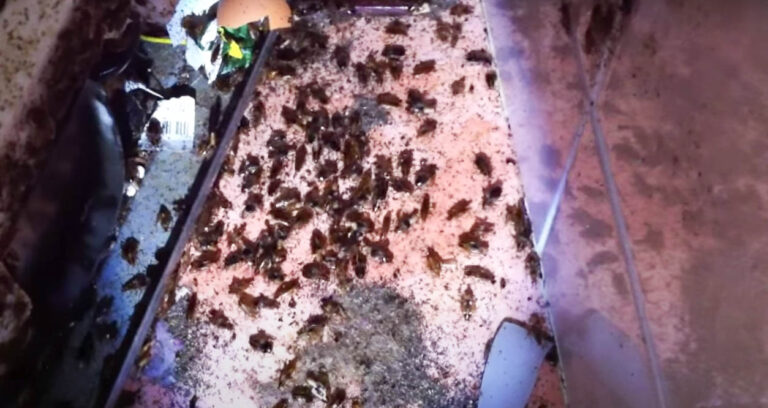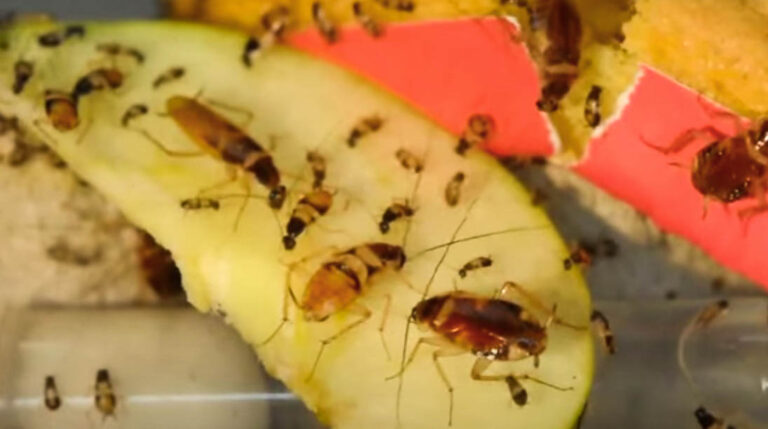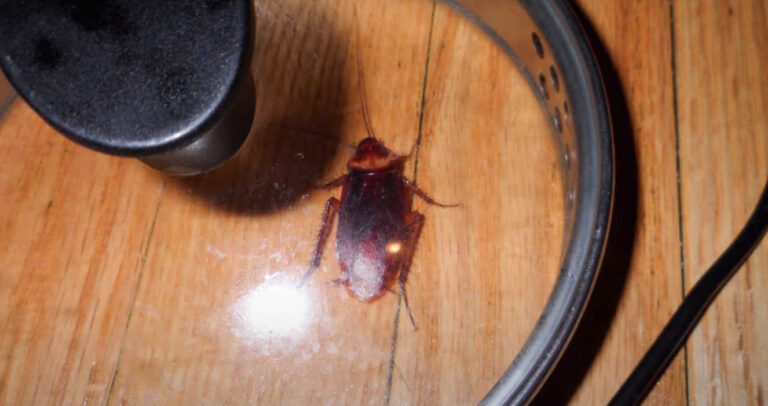About Oriental Cockroaches
About Oriental Cockroaches
Oriental cockroaches are large, African-native cockroach species, also known as the “beetle back,” describing their dark and smooth back. At times, they’re also referred to as “water bug.” This cockroach family is a major household pest in the mid-west, northern and southern United States. Unlike other types of cockroaches, oriental cockroaches are sluggish in their movement. Besides that, it gives a distinct odor to keep predators and enemies off. These cockroaches travel through drains and sewers and can quickly get into your home through pipes and drains. Typically, they prefer homes with plenty of dark, damp, and shaded areas where they can hide, reproduce, and develop. Unlike other types of cockroaches, outdoor plants, leaking pipes, and other plumbing leaks provide attractive spots for these types of cockroaches.
Appearance
Oriental cockroaches have only two pairs or no wings at all. They have mouthparts adapted for biting so they can eat almost anything they find. The appearance of an oriental cockroach differs with each stage of its life cycle.
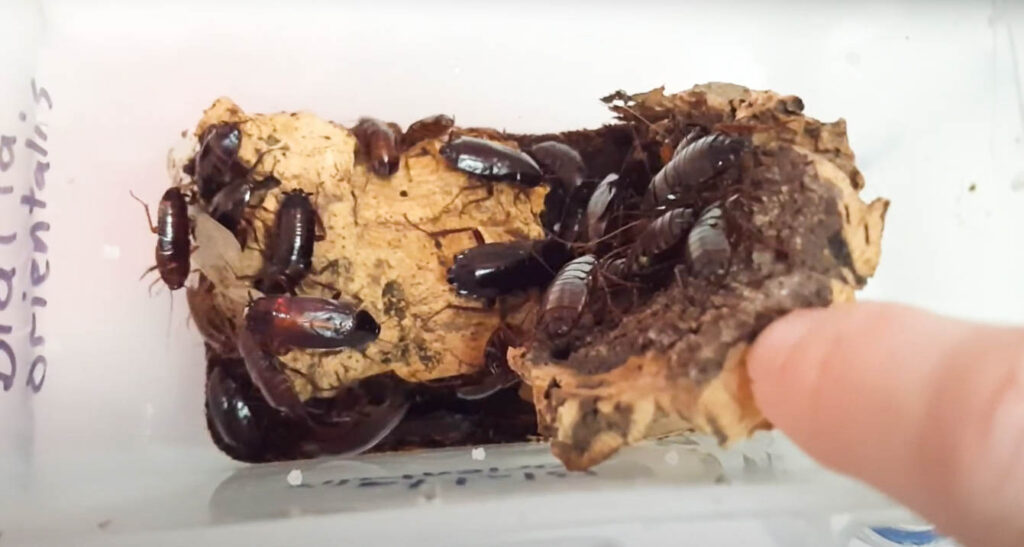
a. Egg
It has a reddish-brown color. Each egg-case can hold up to 16 eggs. The ootheca is 9-10mm long and 2mm wide.
b. Nymph
The nymph of an oriental cockroach is almost identical to the adult. Female larvae are spout and larger than male larvae. The nymphal stage takes about a year to complete several instar stages of the oriental cockroach. The nymphs are white immediately after hatching, but they darken as they continue to molt.
c. Adult
Adult oriental cockroaches have distinct appearances. The female and male adults have distinguishing features.
- Males
o Size 18-29mm long
o Wings cover part of the abdomen
o Shiny, brown-reddish color - Females
o Size 20-27mm long
o Small non-functional wings
o Shiny, dark, or brown-reddish color
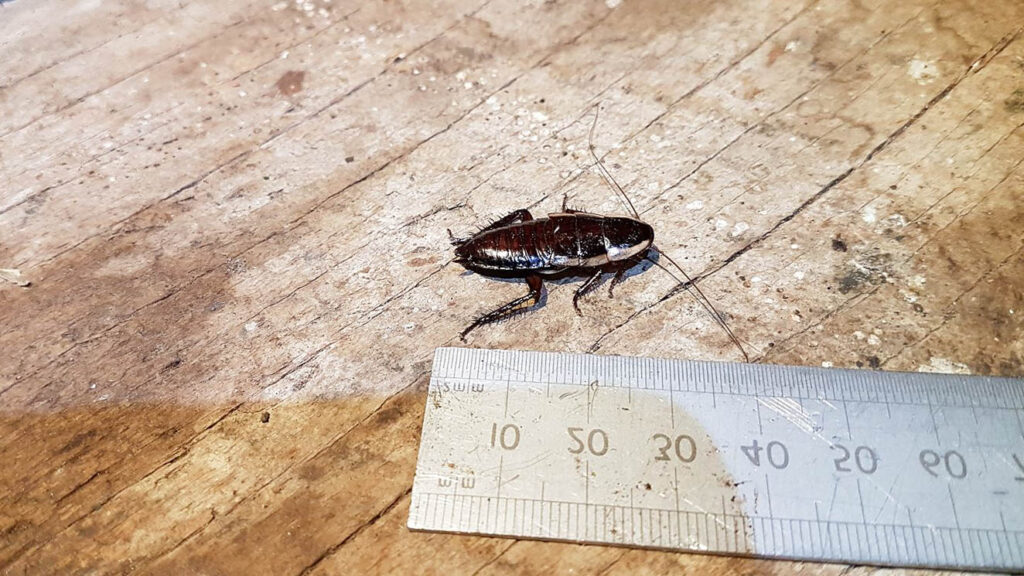
Behavior
Oriented cockroaches feed on organic matter and food residue, especially starchy and sugary foods. Males are very straight-forward when approaching a female during mating, unlike other roach species. An adult oriental cockroach cannot fly; they live both indoors and outdoors. They seek food and shelter in homes or buildings when the weather becomes extreme. Oriental cockroaches are slow compared to other species. Forget about their unpleasant odor; oriental cockroaches could be more harmful than you could imagine. Due to their feeding mode from the trash and decaying stuff, these cockroaches can be carriers of numerous food-borne pathogens such as Salmonella and E.coli, known to cause life-threatening illnesses. But that’s not all. They can carry many other types of pathogens on their feet and body.
Life cycle
An adult male oriental cockroach can live from 100-110 days, whereas a female adult can live from 36-180 days. A female adult can produce up to 8 cases in her lifetime; the nymphs go through 7-10 instar changes. With each nymphal change, a wing, antennae, or cerci develops. This molting process is affected by environmental factors like temperatures and food supply.
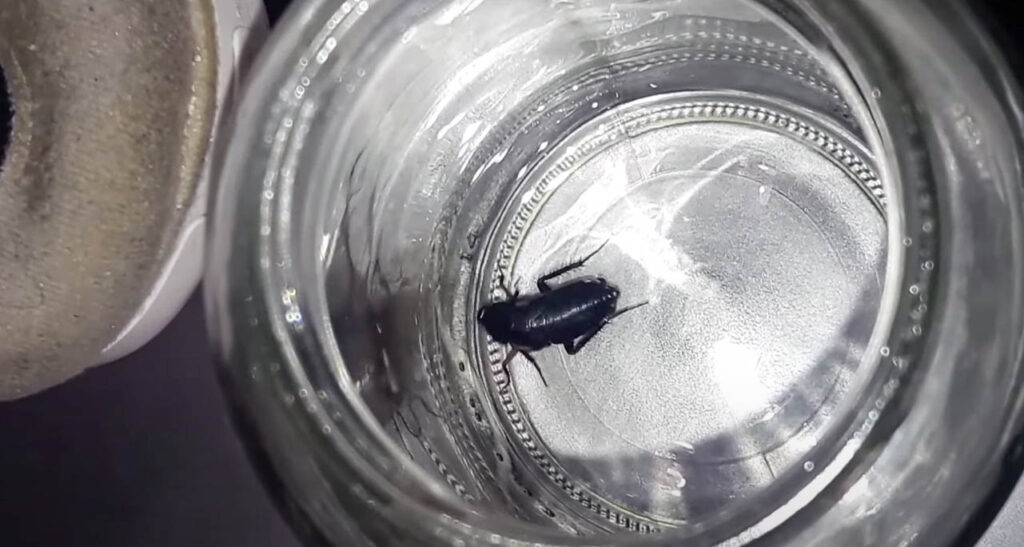
Habitat
Oriental cockroaches prefer to reside in places with relatively wet and humid temperatures, with an abundance of food. Homes, restaurants, and food production areas provide the right breeding place for them. They migrate inside the houses through water pipes, sewers, or beneath the doors. Outdoor plants and garbage pits also provide the right place for these roaches to flourish. Oriental cockroaches also find sewers, basements, and dumpsites a suitable shelter and breeding place. And that’s what has earned them the name “water bug,” since they’re mainly found in damp areas.
Besides that, these types of cockroaches secrete foul-smelling odors that can taint the food when the cockroaches are in a large population. The foul smell can change the smell and taste of your favorite food infested by these dangerous intruders. Even though these cockroaches seem like the worst enemy in your house, spraying them with effective pesticides can get the problem solved.

